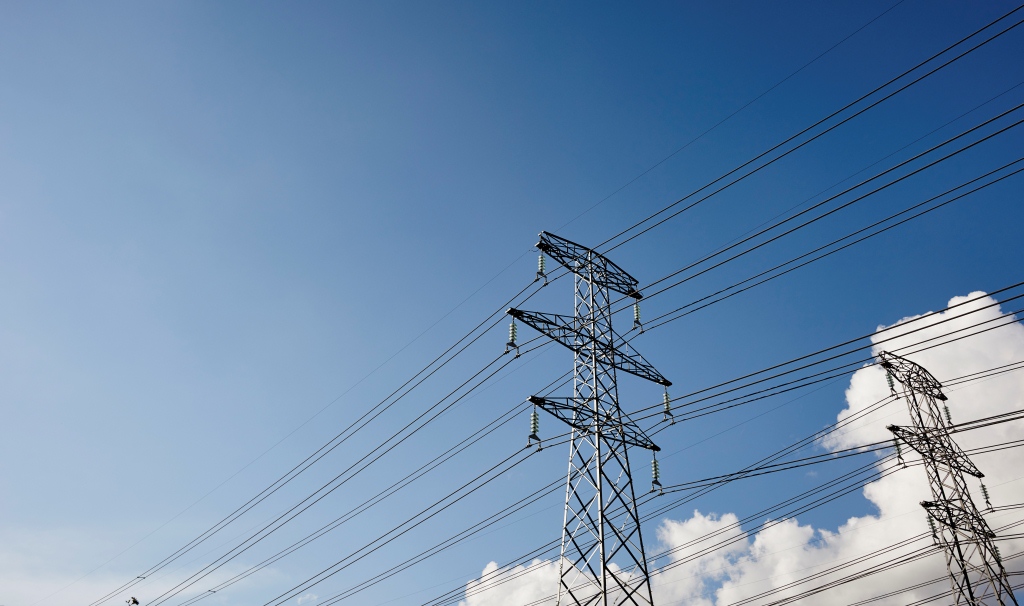
T/D interface
We said we would support the national working party on transmission processes and adopt any best practice process outcomes or recommendations
“As per last year, I would have supported a continued commitment to improve communication of transmission issues and to improve support to customers through relevant process
(SoW or its daughter).”
Dr Graham Pannell, RES
Dr Graham Pannell’s comments are very representative of the industry and we thought it important to give a commitment in our 2016/17 ICE work plan to support the national working party and help improve the T/D interface to better support customers.
Constraints on the National Grid transmission network can significantly impact the viability of any proposed project and therefore the process to understand and quantify these impacts is important. The national working party, led by National Grid, is reviewing a new ‘Statement of Works’ (SoW) process to provide DNOs with more upfront information on levels of constraints, however, the work of the group is currently on-going.
The SoW process occurs when a connection may have an effect on the transmission network and National Grid needs to be advised. We therefore committed to introduce the ability to shortcut the SoW process and move straight to the modification application (Mod App) stage where necessary, following the acceptance of a quotation. We have already made appropriate changes to our own post-acceptance process and this allows us to enter into discussions with National Grid earlier, potentially reducing our customers’ project timescales by three months, the minimum time it can take for the SoW process. This change may also benefit our customers by reducing the overall cost of their connection.
Where multiple customers within one GSP group (the connection point between us and National Grid) require a SoW, we are now able to initially submit a single SoW request to National Grid covering all of those customers rather than making individual requests, which benefits our customers by speeding up the entire process.
In the summer of 2016, we also introduced a SoW indicator to our generation heat map, which now gives an indication of the remaining capacity at any substation before a SoW will be required from National Grid.
The level of SoW requests in Northern Powergrid’s region has not been particularly high, however, the number is increasing and we are keen to ensure that our customers receive a good quality service. Trials of the newly proposed SoW and Mod App processes have been running for the last 12 months in other DNOs where constraints are more prevalent than they are in our region, and we are expecting to see results from these trials towards the end of 2017. Although there are no trial areas within our region, we have been involved in the development of the new processes through the national working group and we have also been looking at other ways to improve the customer experience when their connection might involve a SoW request.
We have kept our customers updated on all of these developments by sharing the outcomes of the group at our engagement forums. We will continue to play an active role in the national working group and following the conclusion of the aforementioned trials later this year, we will adopt any best practice guidance or policy changes that are in the best interests of our customers. This action remains a valid and is therefore carried forward into our 2017/18 ICE work plan.
View timeline

